The Bluffer’s Guide to Japanese Gaming
Your Japanese game crib sheet: don’t leave home without it
We've all been stuck talking to that guy. You know him. He subscribes to Famitsu, only plays imports and claims he can decipher the extra-terrestrial scrawlings of kanji. He's the Japanophile and he treats other gamers with contempt. He's a pain in the ass. But now you can bend his kazoo out of shape with our Bluffer's Guide to Japanese Gaming.
Simply read our guide and we almost guarantee that you'll be able to comfortably fudge your way through any conversation about mecha combat, feudal hack-and-slash, and fashion-conscious child witches. Nowhere will you find a more succinct, honest and fractionally useful look at what’s big in the east.
Dynasty Of The Samurai Kingdoms (aka Nobunaga’s Nobunagas)
Publisher: Koei
How many folks do you want to kill today? If the answer’s "around 10,000", Koei has the historic war games for you.
There’s Nobunaga’s Ambition, the turn-based strategy set in feudal Japan, launched on NES in 1988. Its stable mate, Romance of the Three Kingdoms, focuses on the war torn years of China’s Three Kingdoms era, and has spawned ten sequels. In 1997 came Dynasty Warriors, a hack-and-slash marathon that’s reached instalment number six. Spinning off from that were Dynasty Tactics (2002), Samurai Warriors (2004), Dynasty Warriors Mahjong (2006), and Dynasty Warriors: Gundam (2007).
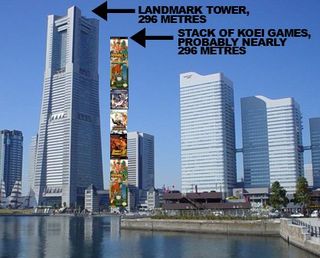
Above: If you stacked all of Koei's feudal games end-to-end they would probably nearly be as tall as Landmark Tower in the Minato Mirai 21 district of Yokohama
And just to leave neither spear un-chucked nor thumb unscathed, Warriors Orochi (2007) combined Dynasty and Samurai franchises in a fictional crossover. The Dynasty Warriors games alone have sold 9million copies (one for each sequel, then).
Sign up to the 12DOVE Newsletter
Weekly digests, tales from the communities you love, and more
Taiko no Tatsujin
Publisher: Namco Bandai
The face of a Taiko drum is roughly the same size as that of Roseanne Barr circa 1990 – just think of that next time you beat one with a stick. To keep things challenging, rhythm game Taiko no Tatsujin has you hit the sides and rim of the drum as well, often at insane speeds under a strict scoring system.
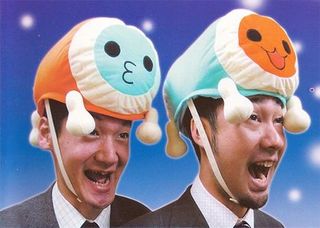
Above: In Japan the wearing of Taiko no Tatsujin hats is required by law
A constant fixture of Japanese arcades, it debuted in 2001 and has reached its eleventh instalment. Featuring the usual blend of J-pop, anime soundtracks, videogame themes and western classical, it arrived on PS2 and Wii thanks to Namco’s miniature TaTaCon controller.
Monster Hunter
Publisher: Capcom
Arguably the Pokémon of its age (arguably the Tamagotchi of its age), Monster Hunter is the monster hit for today’s Japanese gamers. Taking its collect-'em-up cues from Phantasy Star Online, it gives you a world of majestic, beautiful creatures and asks merely that you kill them all, yanking their teeth and claws out to make jewellery, maybe even a fluffy hat.
Okay, so it’s not quite that simple. Hunting and trapping creatures takes time, endurance and strategy, the rewards improving when you take the fight online. Monster Hunter Freedom on PSP, together with sequels 2 and 2G, have together sold over 5million copies. Monster Hunter 3 is heading exclusively to Wii, meanwhile, because Nintendo really needs the money right now.
The IdolMaster
Publisher: Namco Bandai
Remember eighties music management game Rockstar Ate My Hamster? This is nothing like that. Rather than snub charity gigs and kneecap Taiwanese bootleggers, this game has you 'produce' (read: drool over, you great big sex offender) a troupe of nine budding starlets. The girls’ interests include caring for their families, cooking, reading fortunes, and appearing as downloadable paintjobs for the planes in Ace Combat 6.

Above: An eye-catching bikini figurine based on IdolMaster's youthful Haruka Amami as she appears in the spin-off anime, IdolMaster: Xenoglossia. Morepics here
Released in arcades in 2005 and for Xbox 360 in 2007, it’s spawned a sequel, Live For You!, to be followed by a PSP version. An anime spin-off called Xenoglossia also arrived in 2007.
GuitarFreaks / DrumMania
Publisher: Konami
It looks like Rock Band, plays like Rock Band even smells like Rock Band. In fact, the similarities between EA’s game and this pair, which debuted much earlier in 1999, were enough to spark a court case. That’s on top of the case filed against Red Octane for its Guitar Hero peripherals.
Another lingering star of the Japanese arcades, the double-act of ‘Freaks and ‘Mania has produced over 30 instalments between them, many of which can be linked together for mad co-op. The best GuitarFreaks tracks, purely by strength of their names: Onion Man, Giant Slug, Yellow Panic Time, Some Hard Reactions and, of course, the uplifting You Can’t Do It.
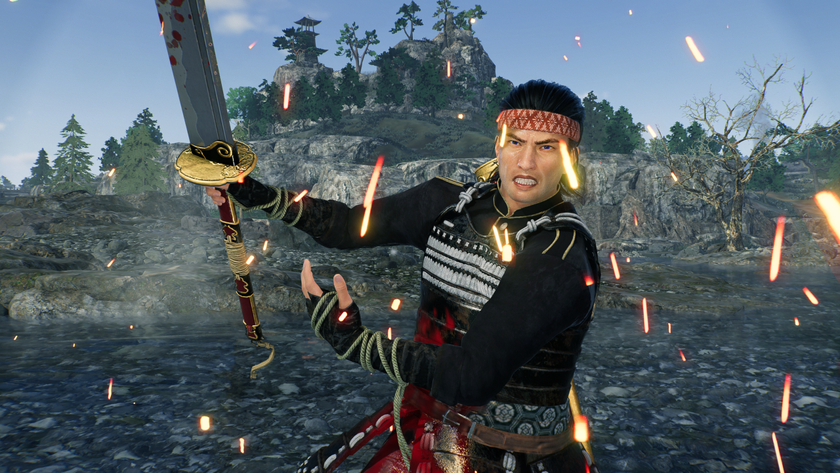

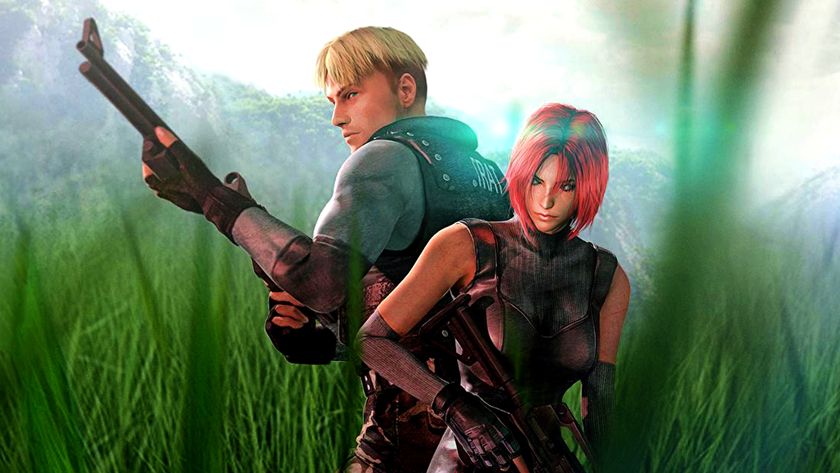
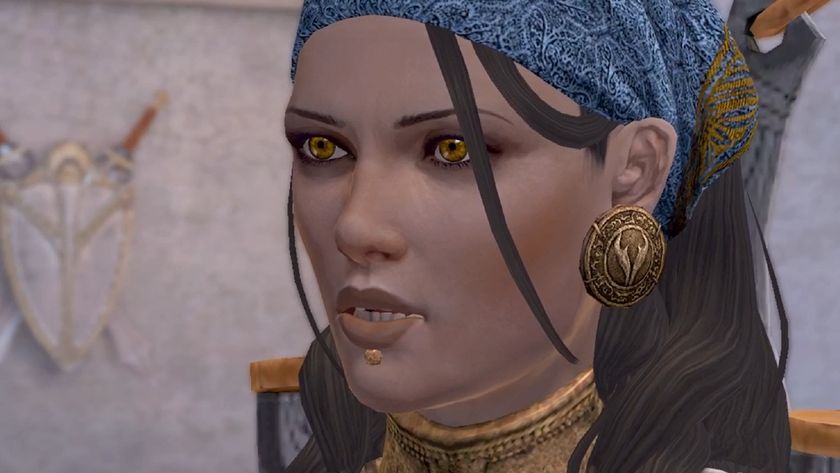
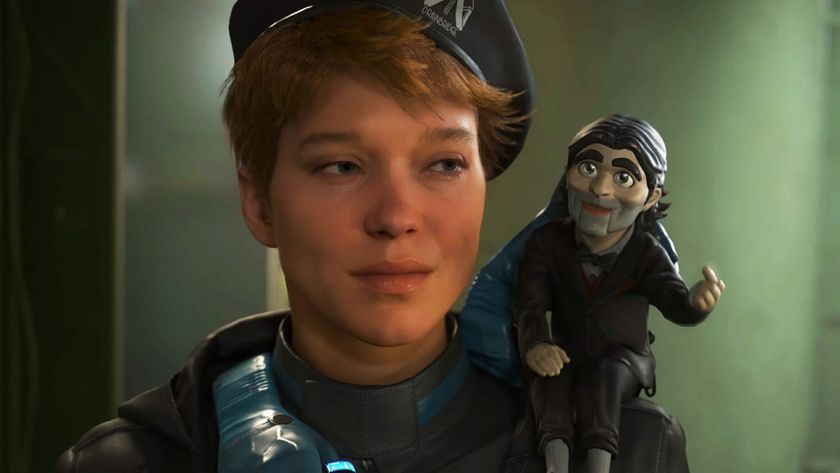
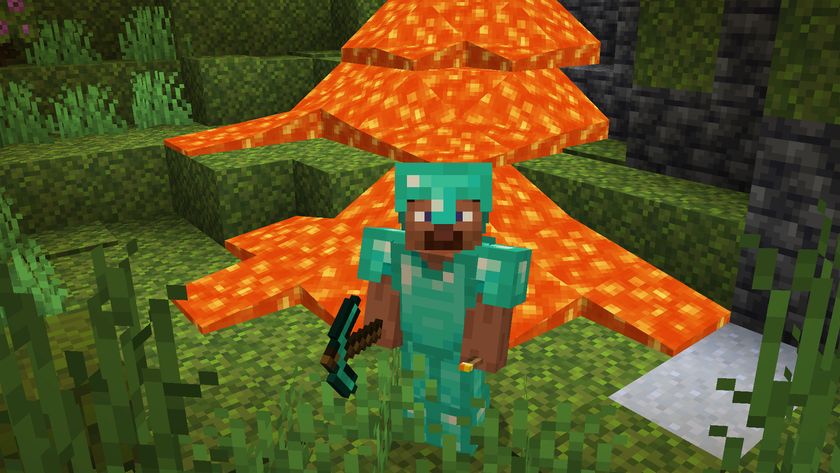







Stardew Valley Expanded creator is building an "even more ambitious" mod with a whole new city and "dungeons inspired by The Legend of Zelda"

Dino Crisis gets a fresh trademark filing by Capcom, but it might not mean the 26-year-old survival horror franchise will get a new installment like fans expect




